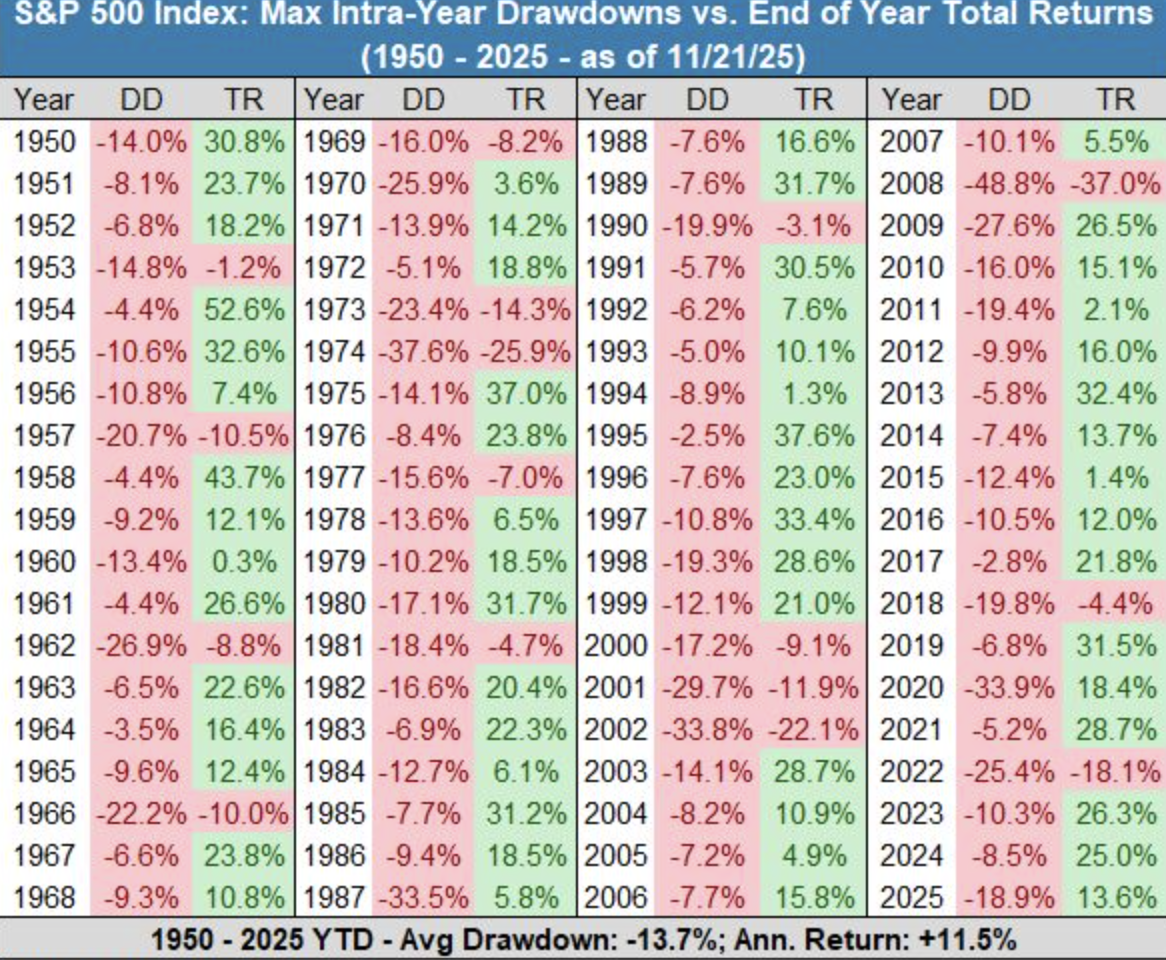Why Working Past Age 62 Is a Huge Retirement Mistake (And What to Do Instead)
Are you being told to “work a few more years” and stick with a risk tolerance pie chart, while the real drivers of a successful retirement are ignored? That pitch hides a retirement lie that keeps people working longer than they need to. After more than a decade running a firm and helping hundreds build their dream retirement, one pattern stands out. The biggest difference between advisors is not their credentials, it is whether they solve your actual problems or just manage your money. This guide reveals the hidden financial and lifestyle costs of working past 62, the three massive mistakes that cost pre-retirees dearly, and a simple checklist to help you seek comprehensive planning that supports the life you want.
The Difference Between Advisors
Fancy offices and framed designations are not what set great advisors apart. The real divide is between those who gather assets and those who solve problems you will face in retirement. Too many people are given a colorful allocation chart, a confusing fee, and a pat on the back. Key decisions are left to you. Taxes, income planning, Social Security timing, and how to handle down markets often go unaddressed. Which is why so many people delay retirement past 62 without knowing the true cost.
The Hidden Costs of Working Past 62
What Is the Hidden Cost?
The hidden cost is a stack of penalties that often sneaks up when people delay retirement due to anxiety. It is not just about money. It is about taxes you did not need to pay, health you will not get back, and missed life experiences. These costs are completely overlooked in traditional “pie chart” conversations.
Why People Delay Retirement
Most people are not staying at work because the math demands it. They are staying because fear tells them to stockpile more. Anxiety says one more year will fix everything. Yet in case after case, the benefits shrink after 62 while the costs rise.
A Real Client Story: Tim’s Wake-Up Call
Tim’s Background
Tim was a 62-year-old project manager who believed two more years at work would secure his future. In his mind, more paychecks = bigger peace of mind.
Modeling the Numbers
We modeled the next few years: taxes, missed Roth conversion opportunities, and lost Social Security optimization. The result surprised him. Those two years would increase his retirement income by about $500 a month.
Key drivers of the small gain:
- Higher taxes during continued work
- Missed Roth conversions during low-income years
- Suboptimal Social Security claiming strategy
Tim’s Reaction and Lesson
He was stunned. Two years of life for $500 a month was not the trade-off he expected. Traditional advice had focused on accumulation. No one had shown him how the financial value of each post-62 year drops. After a certain point, the return on extra work diminishes, while the life cost grows fast.
Quantifiable Financial Costs of Extra Years
Taxes and Missed Opportunities
Working longer can push you into higher tax brackets and delay Roth conversions that could lower lifetime taxes. It also pushes back Social Security planning windows that are often worth more than people realize. The net gain looks good on a statement, but after-tax reality tells another story.
Declining Value After 62
Working from 65 to 68 sounds responsible, but it is often a declining proposition. By 62, many savers have already won the savings game. The focus should shift to a sustainable income plan and lifetime tax reduction, not just piling on more assets for a higher 4 percent withdrawal.
Example Calculation Tease
If your reward for two extra years is $500 a month, ask yourself what you would be giving up. Map your own numbers with a planner who can model taxes, conversions, and Social Security timing. The totals can change your mind quickly.
Opportunity Costs: Your Prime Health Years
Peak Physical Capability in Early 60s
Your early 60s are often your last best shot at the big stuff. Hiking national parks, cycling trips, long walks with grandkids, or a bucket list tour abroad are all easier now than later. Years are non-renewable. You can earn more dollars. You cannot recover prime health time.
Lifestyle Examples
The trade-off is not abstract. It looks like:
- Time on the floor building Lego castles with grandkids
- That long-talked-about Italy trip
- Cross-country RV travel while you still love the drive
- Sunrise hikes without worrying about knees or stamina
Money grows and falls, but lost years do not come back.
Question for Reflection
Are you trading two or three of your best years for a small boost in monthly income? If anxiety is running the show, step back and weigh the actual cost.
The Pie Chart Trap Explained
What Is the Pie Chart Trap?
The pie chart trap is when a colorful asset allocation gets presented as a full plan. You leave with a risk score and a model portfolio. The big promise is simple too, all you need is a diversified portfolio.
What It Ignores
The focus on 60 percent stocks or 70 percent stocks misses the real threat you will face in retirement, the tax hit on your withdrawals and benefits. A growth-focused advisor who was a good fit during your working years may not be the right partner for a 30-year retirement.
Asset Gatherers vs. Planners
Many advisors are asset gatherers. They maintain portfolios and grow accounts, but they do not build tax and income strategies starting day one. You need more than a pie chart.
Mistake #1: Voluntarily Overpaying Taxes
Why Advisors Ignore Taxes
Too many advisors avoid tax conversations, telling clients to “ask your tax person.” That silence can cost you big. The single biggest threat for many pre-retirees is federal taxes, not investment selection. If no one is planning your tax picture early, you are likely paying more than needed.
Hard Questions to Ask Yourself
- Do you have a strategy to reduce or eliminate taxes on future 401(k) and IRA withdrawals?
- Do you have a plan to protect your Social Security benefits from being taxed?
- Has your advisor brought tax planning ideas to you in good markets and bad markets?
- Has your advisor explained how to use recent tax laws to your advantage?
If you answered no to any of these, you may be overpaying the IRS in retirement.
Lifetime Tax Efficiency
The goal is to minimize what you pay over your lifetime, not just defer taxes today and hope for the best. Picture a household with 2.2 million across a 401(k) and IRA. If no one discussed Roth conversions, bracket management, or how to handle a down-market retirement, that family is walking into retirement with a blindfold. A downturn without a tax and income plan can do more damage than a bad fund pick.
The Impact of No Tax Planning
Difference in Taxes Paid
The gap between the taxes you paid and the taxes you could have paid is real money. A lack of planning turns taxes into the single biggest wealth destroyer for many retirees.
Comprehensive Approach Needed
A retirement plan should account for how and when you draw from each account with tax efficiency in mind. Deferring taxes forever can backfire. An allocation chart will not solve a lifetime tax bill.
Mistake #2: The “Work Longer” Lie
Surface-Level Advice
You have heard the lines. If the market drops, just work a few more years. Stay invested, markets always come back. It sounds reasonable, but it often covers for weak planning.
Assumptions That Fail
- Health: Many people retire early due to health issues, regardless of savings.
- Marketable skills: The job market changes, and some roles become hard to sustain.
- Financial payoff: Extra years may deliver much less than expected, as Tim learned.
Emotional Decisions Without a Plan
Without an income strategy, people often panic sell in downturns, then swing too conservative and fail to keep up with inflation. Others try to guess short-term moves. That crystal ball habit is a losing game. A systematic plan helps avoid reflex decisions that hurt long-term outcomes.
Health and Skill Risks in Detail
Forced Early Retirement
Health issues push many people out of the workforce earlier than planned. This can happen even when money is not the main problem. Health issues force many to choose retirement on a timeline they did not expect.
Evolving Job Market
The economy shifts over time. What paid well at 55 may not be a clear fit at 63. Counting on extra years assumes you will want to keep working and that the market will still want those skills.
True Financial Verdict
Even if you can work longer, the math often disappoints. As in Tim’s case, the extra paychecks sometimes translate into a marginal income boost.
Mistake #3: Picking a Non-Comprehensive Advisor
Pie Chart Manager Defined
Some advisors are kind, ethical, and smart about investments, yet they are still pie chart managers. They market a comprehensive approach but operate like specialists. They focus on portfolios and skip tax and income planning.
How to Spot Them
- They lead with products, not planning.
- They present one-size-fits-all models that look identical for everyone.
- They cannot show how investments fit a broader tax and income strategy.
- They avoid integrating investments with taxes, estate planning, insurance analysis, and Social Security timing.
True comprehensive planning requires coordination across these areas. One strong area is not enough.
Demand More Value
Step back and look for real help. Households show up every day with a pie chart and a fee, yet no plan for taxes or income. You can and should ask for more from the relationship.
Why Comprehensive Planning Matters
Multiple Disciplines Required
Retirement touches every part of your financial life. That includes investment management, tax planning, estate planning, insurance analysis, and Social Security optimization. These pieces need to work together to support a lifestyle you actually want.
Beyond Great People
Many advisors are great people, yet their service stops at investment management. That gap matters. The goal is to solve the problems that make retirement work, not just manage money.
6-Point Checklist for the Right Advisor
Point 1: Fee-Only, No Commissions
A fee-only model helps keep the focus on your goals. No commissions, kickbacks, or sales quotas means fewer conflicts and clearer advice. This also reduces pressure to push products that do not fit.
Point 2: Independent Operation
Advisors who are independent do not work for the same company that holds your money. This can reduce conflicts and allow wider access to tools, strategies, and service providers that fit your needs.
Point 3: Fiduciary Duty
A fiduciary is legally bound to put your interests first. This standard touches every recommendation and helps align the plan with what is best for you, not the firm.
Point 4: Tax Focus
Tax planning should sit near the top of your retirement priorities. Too many investors leave money on the table for Uncle Sam because no one is thinking ahead. A tax-focused approach looks at withdrawal sequencing, Roth conversions, and how to limit taxes on Social Security.
Point 5: Custom Approach
Retirement planning is personal. A risk tolerance quiz and a model portfolio do not count as a plan. You deserve advice tailored to your goals, family, and timeline.
Point 6: Age and Alignment
Your advisor should focus on clients like you. A 35-year-old saver has a different set of needs than a 62-year-old looking at income and taxes. You also want someone who expects to be there throughout your retirement years.
Applying the Checklist in Practice
Use the six points to review your current setup. Ask how your advisor addresses taxes, income, and market risk in the years around retirement. Look for clear answers and actual strategies, not generalities and charts. If a comprehensive, tax-aware plan is what you want, consider taking the first step to get started with Guardrails. A full-picture approach can help you move from uncertainty to clarity.
Planning Around Your Dream Retirement
Focus on What You Want
Start with your life. Do you want to travel more in your first 10 years while you are still at peak health, then settle into a quieter routine closer to family? Your plan should support those goals. It should not force you into a one-size withdrawal rule that ignores how you want to live.
Maximize Life Value
There is more to retirement than account balances. Think about afternoons with grandkids, sunsets on the beach, or finally learning the guitar. Your money should support those experiences. The aim is a work optional date you feel great about.
Asset Gatherer vs. Comprehensive
This is the core difference. Asset gatherers manage money. Comprehensive planners solve the problems that matter in retirement, such as taxes, income, and timing.
The Critical 15 and Market Risks
Retiring into Downturns
Consider the household with 2.2 million in 401(k) and IRA accounts. A pie chart might look fine when markets are up. What happens if you retire into a down market? Many never had that conversation. The early years of retirement can be the most fragile.
Sequence of Returns Risk
Losses early in retirement can have a lasting effect when you are withdrawing at the same time. Without an income plan, people react to markets at the worst possible moments. A system for where your paycheck comes from during bad years can help avoid panic and support long-term growth.
Why You Have Likely Won the Savings Game
By age 62, many diligent savers already have enough. The goal shifts from stacking more to using what you have wisely. That means less focus on beating a benchmark and more focus on lifetime taxes, income consistency, and living the life you planned.
Spotting Disguised Advice
Costly Traps
People lose hundreds of thousands over a lifetime due to ignored taxes, poor withdrawal choices, and delayed Social Security planning. These mistakes are common among pre-retirees who receive a pie chart instead of a plan.
Checklist Tie-In
Use the 6-point checklist to vet your advisor and your plan. Look for tax awareness, clear income strategies, and a process that starts with your goals. A comprehensive approach puts you back in control.
Conclusion: Take Action Now
If you have been wondering whether you should keep working or whether you have the right advisor, do not wait another year to find out. Time is your most valuable asset. The longer you delay, the higher the hidden cost.
A clearer path starts with a full-picture plan that treats taxes, income, Social Security, and lifestyle as connected parts of one strategy.
Retirement should not be a finish line you crawl across. It should be the start of the life you want to live.
Disclaimer: This content is for educational and entertainment purposes only. It is not financial or investment advice.






